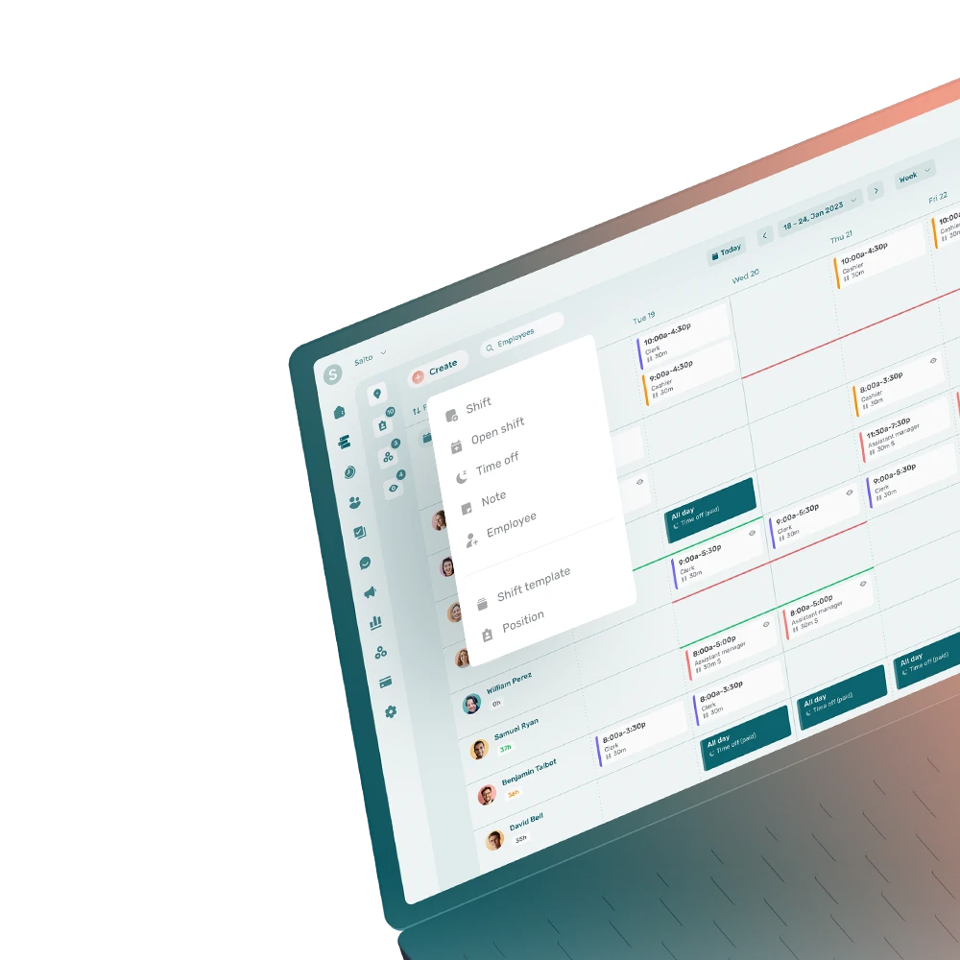Ageism is a form of discrimination related to a person’s age.
What Are the Different Types of Ageism?
Different types of ageism include:
- Institutional ageism: laws, policies, practices, social norms, and other factors that disadvantage people because of their age.
- Interpersonal ageism: in relationships between people.
- Self-directed ageism: age-related personal beliefs that limit individuals.
What Are the Consequences of Ageism in the Workplace?
Consequences of ageism at work include:
- An increase in health problems (physical and mental).
- Early retirements.
- Lack of motivation.
- A reduction in salary.
- A lack of promotion.
- A halt in skill development.
How to Fight Ageism in the Workplace?
Companies that wish to tackle ageism within their organization can implement several strategies such as:
- Raise awareness with recruitment teams and managers.
- Encourage continuing education.
- Provide skills development opportunities to employees.
- Establish concrete training plans.
- Offer opportunities for internal mobility.
What Are Examples of Ageism in the Workplace?
Here are some examples of ageism in the workplace:
- A construction worker in their fifties struggles to find a new job after being laid off due to the bankruptcy of their former employer.
- A young graduate in their twenties cannot find a job that matches their skills since companies are all looking for employees with several years of experience.
- An experienced woman is pushed into early retirement because of her age.
In Which Occupations is Ageism Most Often Identified?
Ageism can be present in all occupations and industries. However, some industries are more likely to embrace biases related to ageism such as:
- Image-related professions: fashion, media, culture, communication, marketing, advertising, retail, etc.
- Digital professions: programming, IT, digital marketing, etc.
- Manual trades: construction, restaurants, mechanics, aesthetics, etc.







